Catherine McKinley
BICYCLES
Scotsman Kirkpatrick Macmillan made a bicycle based on a hobby horse with horizontal pedal motion in 1842.
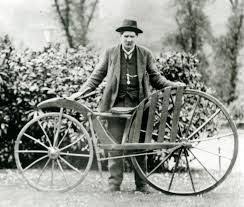
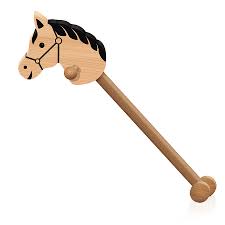
CHLOROFORM
Sir James Y Simpson, professor of midwifery, in 1831, invented chloroform to ease the pain of childbirth. It’s use for numerous medical procedures followed.
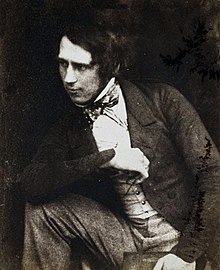
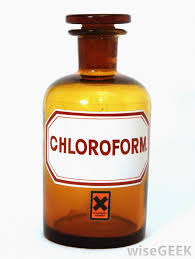
COLOR PHOTOGRAPHY
Scottish Scientist James invented the “3 color method” of image transfer resulting, in 1861, in the 1st color photograph . . . a Tartan Ribbon(!)
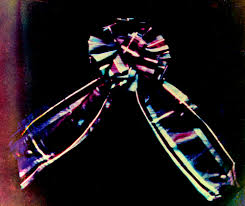
CLONING
The 1st cloned mammal, Dolly the Sheep, was created in 1996 by a team of experts at the Roslin Institute (Edinburgh). Dolly lived for 6 years.
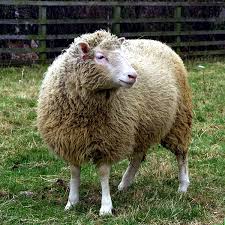
GIN & TONIC
Edinburgh-born George Cleghorn, an 18th century doctor, discovered that quinine could cure malaria. Usually mixed with tonic water, it’s taste was too bitter. To make it palatable, Dr. Gleghorn added gin.
STEAM ENGINE
Glasgow based engineer James Watt, by making steam engines more efficient in 1765, ignited the entire Industrial Revolution.
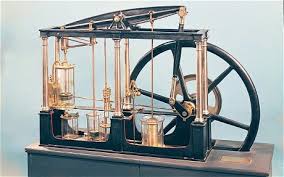
TELEVISION
It was in 1926 that Scottish Inventor John L. Baird became the first person to publicly demonstrate a working television system.
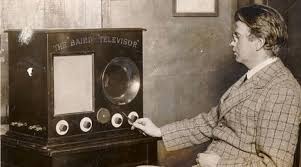
RUBBER BANDS
Scotsman Stephen Perry created the first rubber bands, made from vulcanised rubber, in 1845.
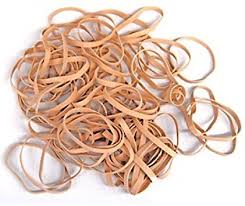
Last but Not Least…Some Modern Halloween Traditions!
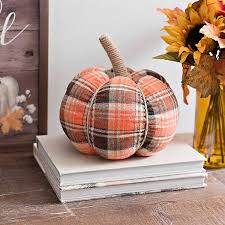
Tartan Pumpkins Anyone? The word, Halloween, is Scottish in origin. It is a combination of the term “All Hallows Eve” referring to the day before All Saints (Hallows) Day, November 1st + the word “Samhain,” pronounced Sow-Ween, an ancient Celtic festival marking the end of Summer and start of the Autumn harvest season. Halloween is, actually, 2,000 years old. It was believed that, on October 31st, the boundary between the Earth and the afterlife was thin enough for spirits to slip through. Many modern Halloween traditions stem from to attempts to either scare them (with bonfires or animal costumes) or placate them by leaving food for them on door steps.
Modern Scottish-influenced Halloween customs include:
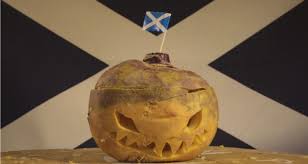
- Neep Lanterns – In Scotland, scary faces were carved into neeps (turnips) to create lanterns that would scare off ghouls wandering in the witching house. Later, due to their being easier to carve, it was pumpkins.
- Guising – The Scots didn’t buy costumes in a store nor drape animal skins on themselves. Instead, they would dress in old clothes, blacken their faces with fireplace ashes, and go “guising,” collecting food treats from houses.
- Tattie Bugles – Scarecrows topped with potatoes (tatties) with faces carved in them, were placed in the fields to protect the crops.

